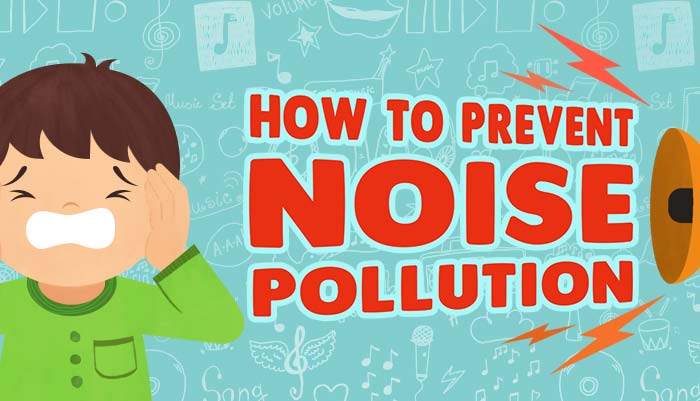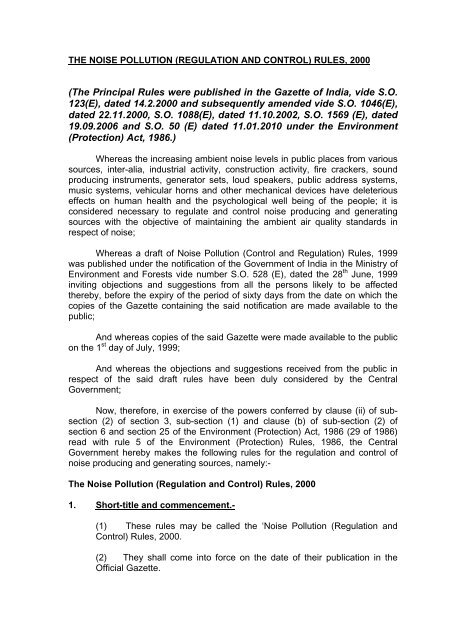
in any event, at least every two years.at any time when reasonably requested to do so by the worker’s health and safety representative, and.within three months after the employee starts the work that requires the hearing protection, and.In accordance with the Occupational Health and Safety Regulations 2007 (regulation 3.2.11), employers that are required to provide employees with hearing protection to use in the workplace must provide workers with hearing tests: Noise levels should be regularly monitored and work practices continuously improved to preserve the hearing of workers. Occupational health and safety officers can offer advice and information on reducing noise in the workplace. Use personal hearing protection such as ear plugs or ear muffs.



The three tiny bones lying on the other side of the eardrum pick up the vibration and pass it on to the inner ear. Sound waves are funnelled from the outer ear into the middle ear, where they vibrate the eardrum. Low frequency sounds have waves that are far apart, while high frequency sounds have waves that are bunched together. The vibration of air molecules makes up a sound wave. increased susceptibility to colds and other minor infections.Associated effects of constant noise pollutionĪpart from damage to hearing, exposure to constant and excessive noise can cause other health problems including: Hearing aids only amplify sounds and can’t replace normal hearing. For most cases of noise-induced hearing loss, there is no cure. Some people exposed to excessive noise develop tinnitus, which is described as a constant ringing sound. Sudden explosive sounds, such as gunshots, can cause immediate damage.

The degree of hearing loss depends on the loudness of the noise and how long you are exposed to it. Excessive noise in the workplace presents a risk of hearing damage and other health problems. This may happen so gradually and painlessly that you may not notice the minor deterioration from one day to the next. Excessive noise levels over a long period of time will damage your hearing.


 0 kommentar(er)
0 kommentar(er)
